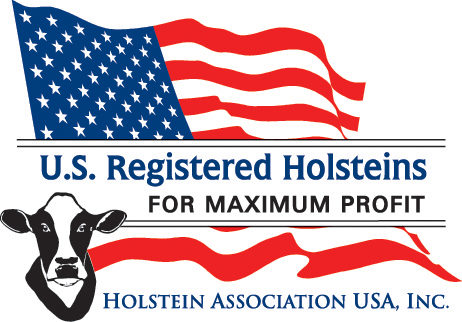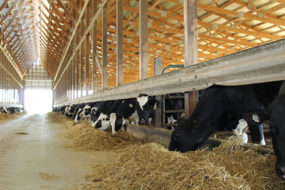St. Albans, founded in 1919, has more than 325 members in Vermont, New York and New Hampshire, with an annual member milk volume of 1.2 billion pounds. Latest industry statistics put it just outside the top 20 largest dairy cooperatives in the U.S.
As proposed, the merger includes all of St. Albans membership and employees. St. Albans milk powder plant and retail store will be combined into the St. Albans Creamery LLC, becoming a wholly owned subsidiary of DFA, as would McDermott’s Trucking Service.
Not all details regarding member equity transfer have been publicly released. Over the next month, proposal details will be distributed to members, followed up with several regional meetings to answer questions and address concerns. A full membership meeting will be held in late July, at which two-thirds of the members present must approve the merger for it to go forward. If approved, the merger would become effective on the date of closing, currently scheduled for Aug. 1, 2019.
The co-op’s marketing agreement with producers remains in play, and any producers who do not wish to join DFA would have to submit letters of intent to withdraw from co-op and seek milk marketing alternatives, according to sources.
Two-year process
The merger recommendation follows a lengthy period in which co-op leaders sought to find a path forward for the century-old dairy co-op in a challenging economic environment that includes declining fluid milk consumption, according to Harold J. Howrigan Jr., chair of the St. Albans board for the last five years. He milks about 1,400 cows on four small dairies in a family corporation with his brothers and their sons near Sheldon, Vermont.
“The dairy economy has been tough the past five years; the margins has been thin, not only at the farm level, but at the co-op level. Our board has been working nearly two years to strategically plan for the future of our members,” he said. “With increasing shifts in customer needs, an imbalance in supply and demand, and a volatile milk price cycle, it is clear change is needed for our cooperative.”
St. Albans has been a member of DFA since 2003, and the cooperatives already work closely on milk marketing logistics, industry and legislative issues. Having marketed milk through DFA for 15 years, St. Albans’ long-term relationship with DFA made the merger decision a logical next step, Howrigan said.
“We did our due diligence and researched other options, but fairly quickly circled back to our partners,” he said. “Our number one goal was to protect our members’ equity going forward, and we feel we have done that. Beyond that, the St. Albans board sought to ensure a stable, secure milk market and work with a company that will reinvest in facilities and create opportunity for our member farmers.”
With a merger, St. Albans members would become full DFA members and join about 2,500 member dairy farms in DFA’s Northeast Area who produce about 7.7 billion pounds of milk annually. The merger also enhances DFA’s reach into the northeast U.S., adding established customer relationships, investments in hauling and manufacturing assets, and increased regional milk marketing activities.
“DFA and St. Albans have always had closely aligned philosophies and values, with both cooperatives focused on providing value to members and committed to preserving the Northeast tradition of family dairy farming for years to come,” said Brad Keating, senior vice president and chief operating officer of DFA’s Northeast Area. “With our strong history of working together, a merger is a natural evolution of our partnership.”
As a balancing plant for DFA, Howrigan said St. Albans processes milk into powder and supplies some fluid milk to the Boston Class I market, and also supplies fluid milk, cream, condensed milk and other dairy ingredients to area manufacturers. If the merger is approved, he doesn’t expect marked changes in day-to-day operations for St. Albans producers or customers.
“We’re hoping it’s pretty seamless,” Howrigan said. “What we see at the farm will not change too much.”
Bill Rowell, a St. Albans member who milks 900 cows with his brother Brian in Sheldon, Vermont, said the merger was necessary for survival.
“Shrinking membership and milk production has made it difficult for the co-op to make the necessary investment in product development and marketing,” Rowell said. “For the number of farms we have remaining, if we’re going to be competitive, we also have to be making new investments in the plant itself, in the trucking, people and equipment.”
Rowell expects minor changes in hauling and premium program structures, changes he said will be benefit current St. Albans members. Producers will also gain access to DFA programs, from purchasing programs to hedging milk.
“With the merger, St. Albans can go from a small co-op – with a good reputation and 100-year history – to a co-op with top-of-the-line marketing and a diversified product base,” said Rowell, who also is a past member of Progressive Dairy’s editorial advisory board. ![]()

-
Dave Natzke
- Editor
- Progressive Dairy
- Email Dave Natzke






